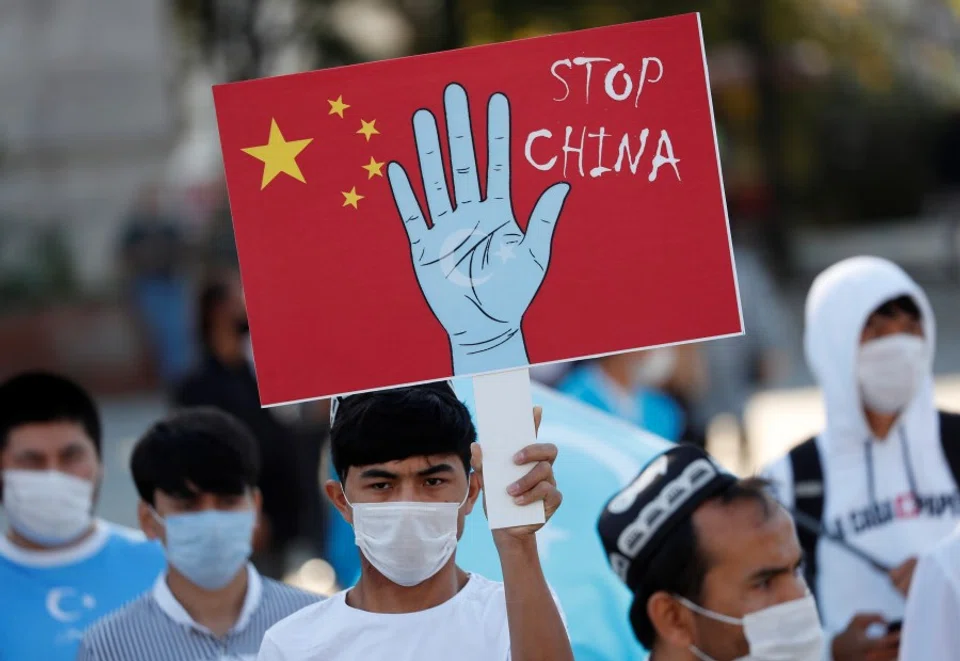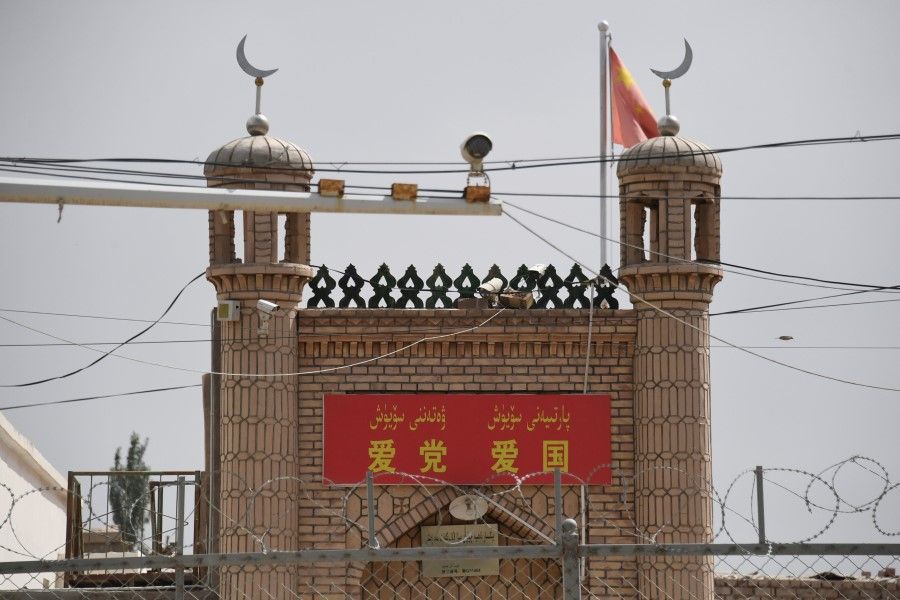How terrorism against China in the Middle East could develop

As governments redirect crucial resources to fighting the Covid-19 pandemic, the resilience of many countries in the face of security threats is being massively undermined. Yet traditional security issues such as terrorism may become more pronounced in coming months and years, especially across the Middle East.
...a key driver of change is the rising focus of world media on Chinese policies in Xinjiang, while a critical uncertainty is how Beijing chooses to respond to the ongoing situation.
In the meantime, China's rise as one of the global superpowers continues, with its economic and military footprint slowly increasing in the Middle East. This makes Beijing particularly vulnerable to the overall security dynamics there, in addition to the already existing threat by terrorist groups - such as Al Qaeda or ISIS - that are now targeting China more often than they did only a few years ago.
It is wise to think years down the line and envision potential scenarios on how terrorism against China in the Middle East could develop in the coming decades. Current drivers of change and uncertainties may combine unpredictably, leading to several potential futures. For example, a key driver of change is the rising focus of world media on Chinese policies in Xinjiang, while a critical uncertainty is how Beijing chooses to respond to the ongoing situation. Other important drivers that may increase (or decrease) China's exposure to these terrorist threats are China's security and military cooperation with regional countries, the specific type of such cooperation, the level of proliferation of private security companies, the situation in Syria and stability of local governments. All of these have the potential to alter how we can think about the future of this issue.

Possible futures
Combining the outcomes of such drivers allows us to create potential future scenarios of terrorism against China in the Middle East. In a recent study carried out by the Central European Institute of Asian Studies and the National University of Singapore Business School, we have created four such scenarios.
In the first scenario, China's investment and political influence in the region decreases. This exposes it to a lower level of terrorist threat as its presence on the ground is also diminished. Yet China continues to cooperate with local unstable governments, but does so on a multilateral level with other nations, such as Russia.
The second scenario depicts a future in which China increases its economic investment and local governments are stable and under control. China becomes their regional ally, increasing both technological and security cooperation. And while the terrorist threat is generally diminished, the possibility of attacks targeting China increases as its influence in the Middle East becomes particularly strong.
The scenarios, taken together, stress that the potential impact and level of risk China faces varies based on the level of its investment and stability of local regimes.
In the third scenario, the region is unstable and local governments are weak. China chooses to divest from the region. This decreases its exposure to almost zero and the region is overtaken by regional groups.
Finally, in the fourth scenario, China increases its investments in the region while local governments are weak. This pushes it to increase its influence and security engagement. It deploys its private military companies to protect its assets and provides local countries with its technology. The region becomes China's new frontier, but given its lack of war experience, the risk of a major terrorist attack is rising. China has no other option but to interfere in local politics.
An example is a future in which terrorist groups adapt and manage to create a mock virtual reality algorithm to penetrate the Chinese surveillance framework...

The scenarios, taken together, stress that the potential impact and level of risk China faces varies based on the level of its investment and stability of local regimes. At the same time, in each scenario, additional considerations - such as the proliferation of surveillance technology - provide an opportunity to think about various outlier situations that can prepare stakeholders for unexpected events.
An example is a future in which terrorist groups adapt and manage to create a mock virtual reality algorithm to penetrate the Chinese surveillance framework, exposing China's growing skillfulness and increasing power to assert themselves in the region. The possibility of such an event is a potential red flag, signalling that reliance on technology can become a weakness as it is not unbreachable. A non-state actor fighting against a state could inflict real damage on its rival by directing resources on developing a capability that will allow it to breach the state's most reliable parameter.
While the topic is subjected to a high level of uncertainty, both from an economic and political standpoint, the scenarios allow us to derive some recommendations that Chinese stakeholders can take into account when thinking about their engagement in the region. Such considerations involve, for example, investing in local entrepreneurship and taking a multilateral approach on security issues. At the same time, stakeholders can place a heightened focus on regional context, making sure that Chinese activities there do not feed into already existing feelings of disenfranchisement by specific groups. These recommendations may help China to achieve its original diplomatic and economic aims locally, while decreasing the likelihood of terrorism without incurring in possible humanitarian losses in the region.

